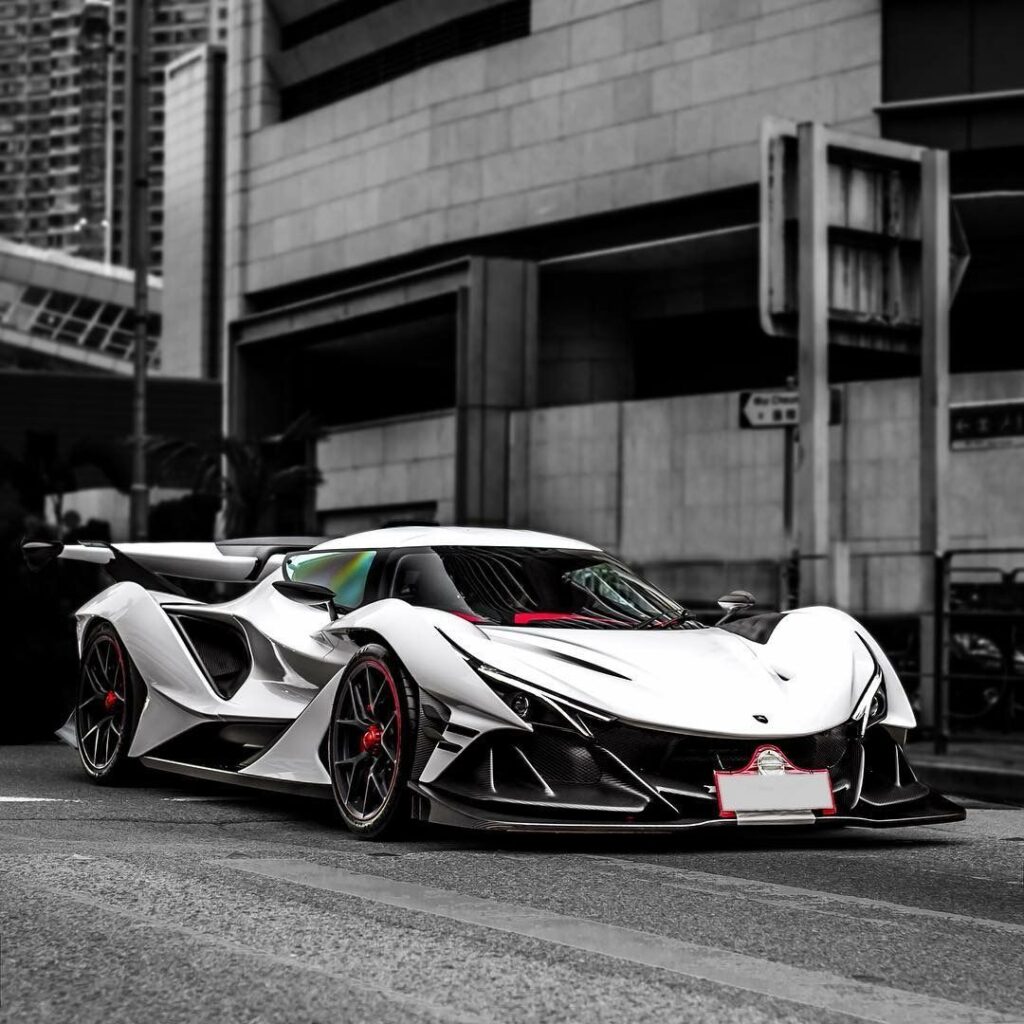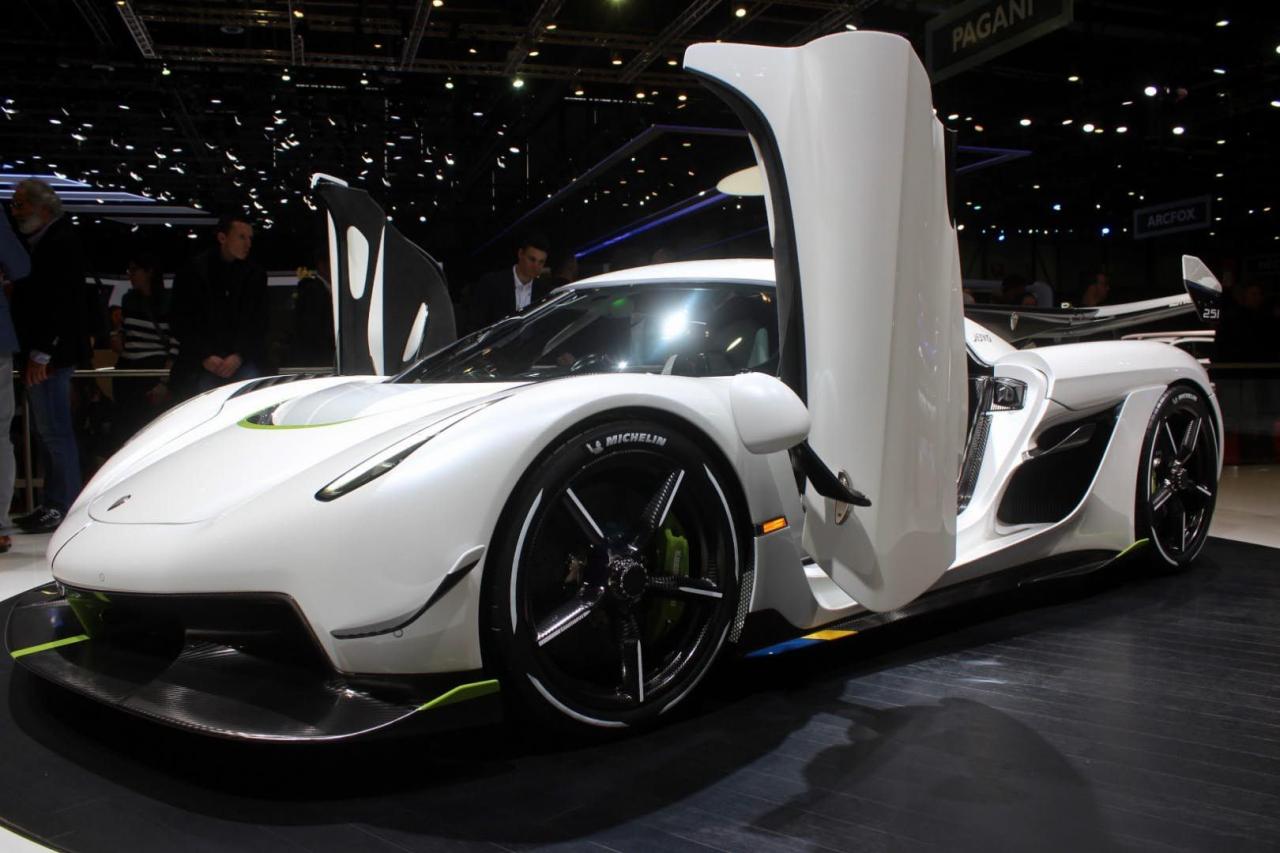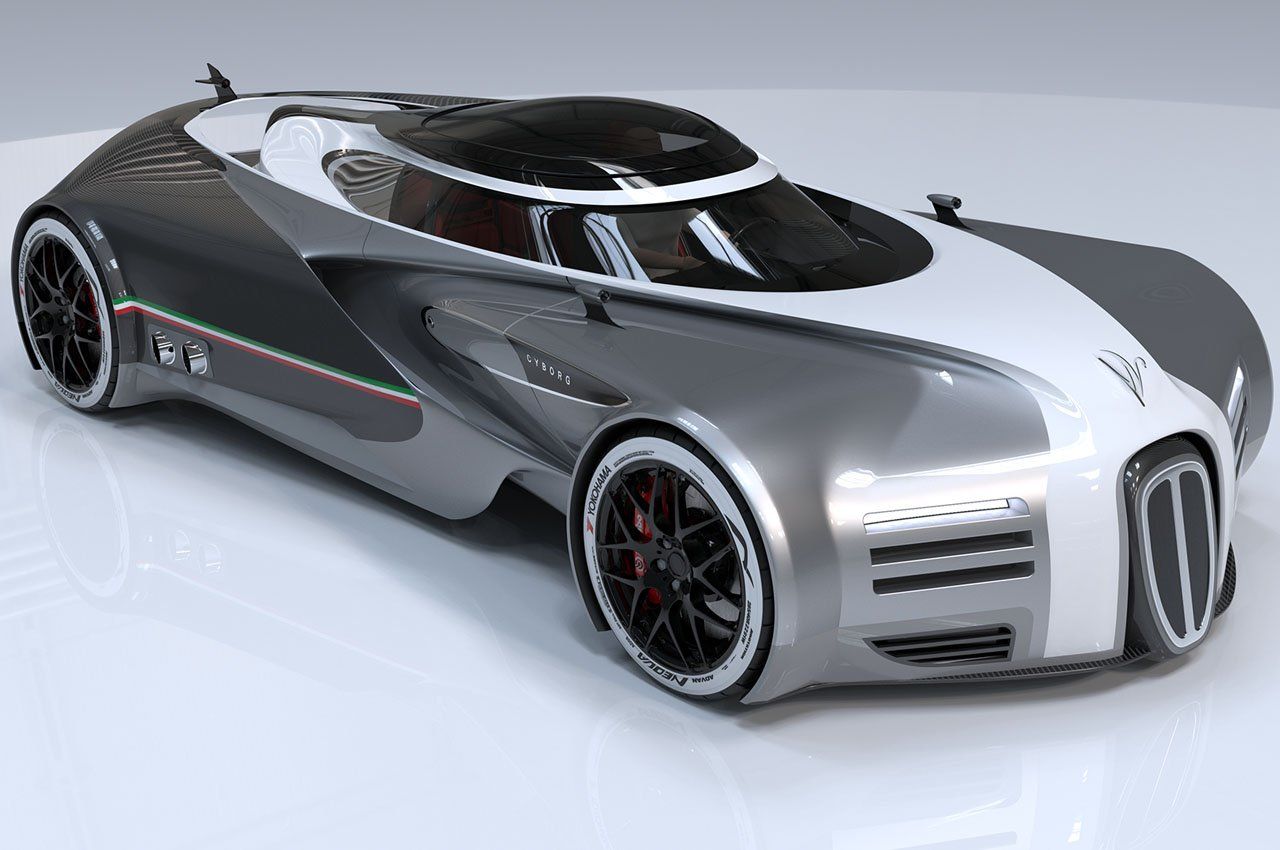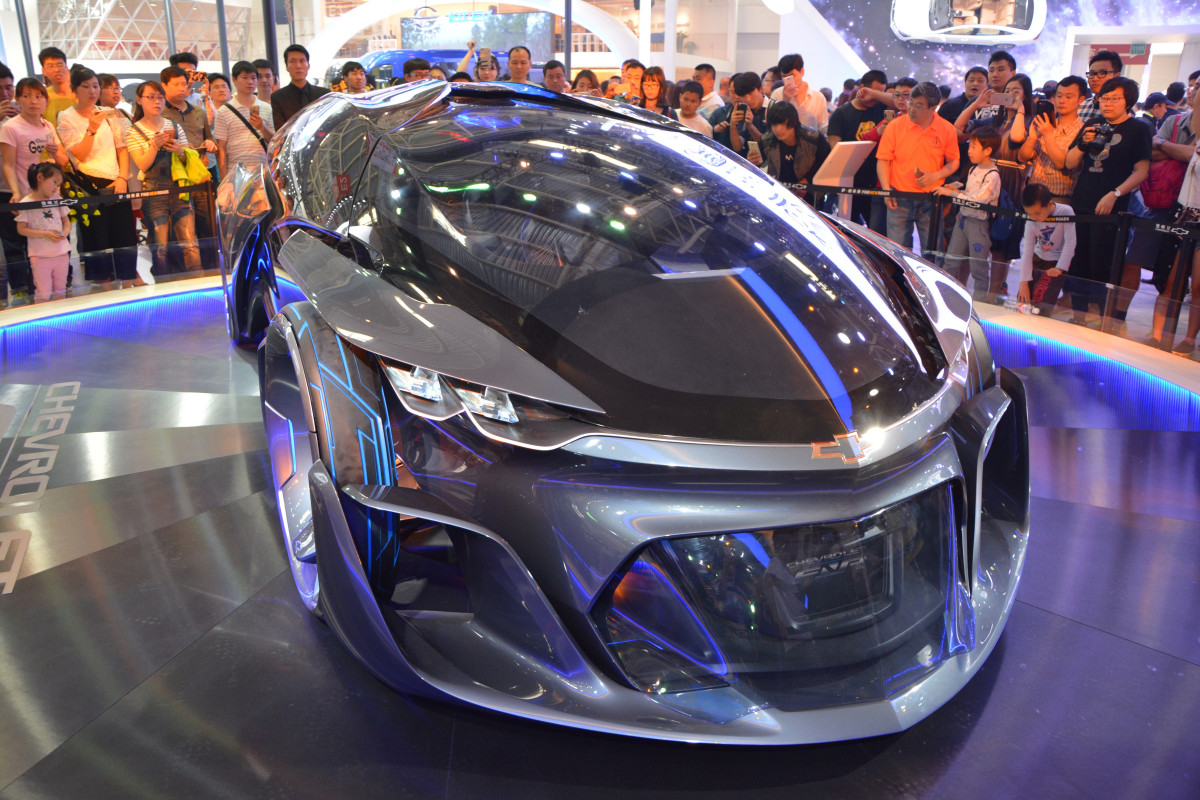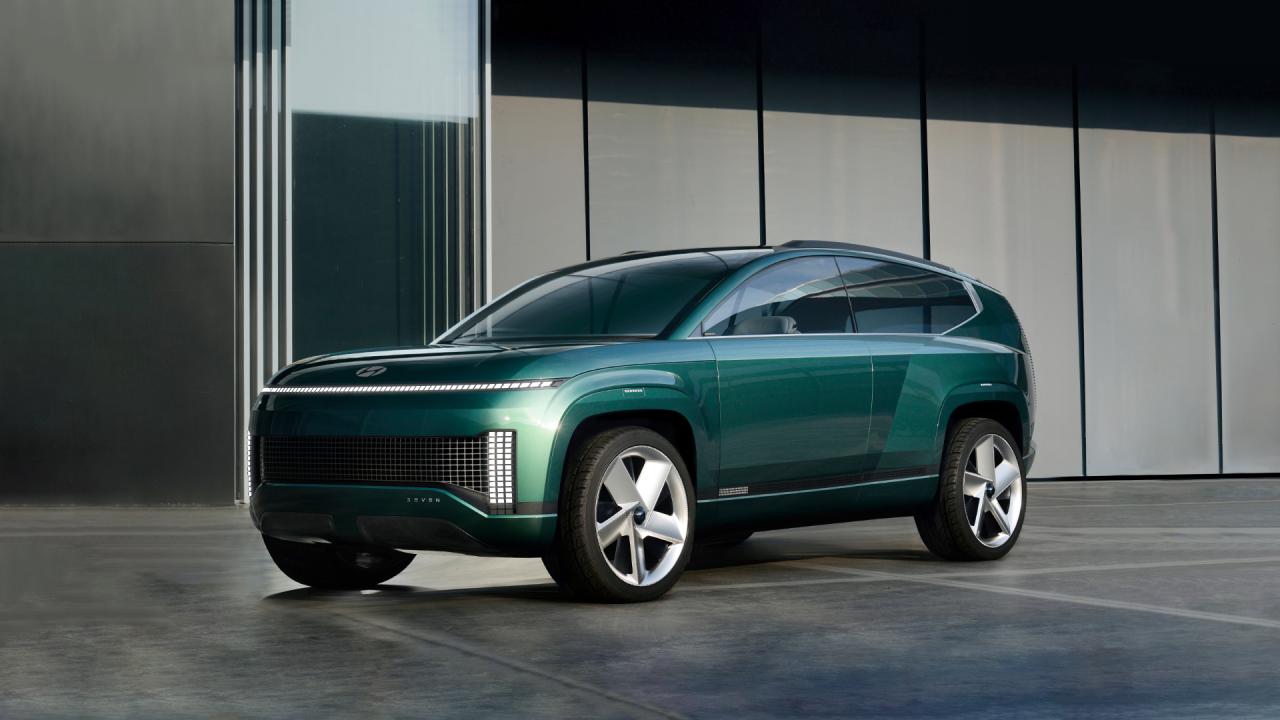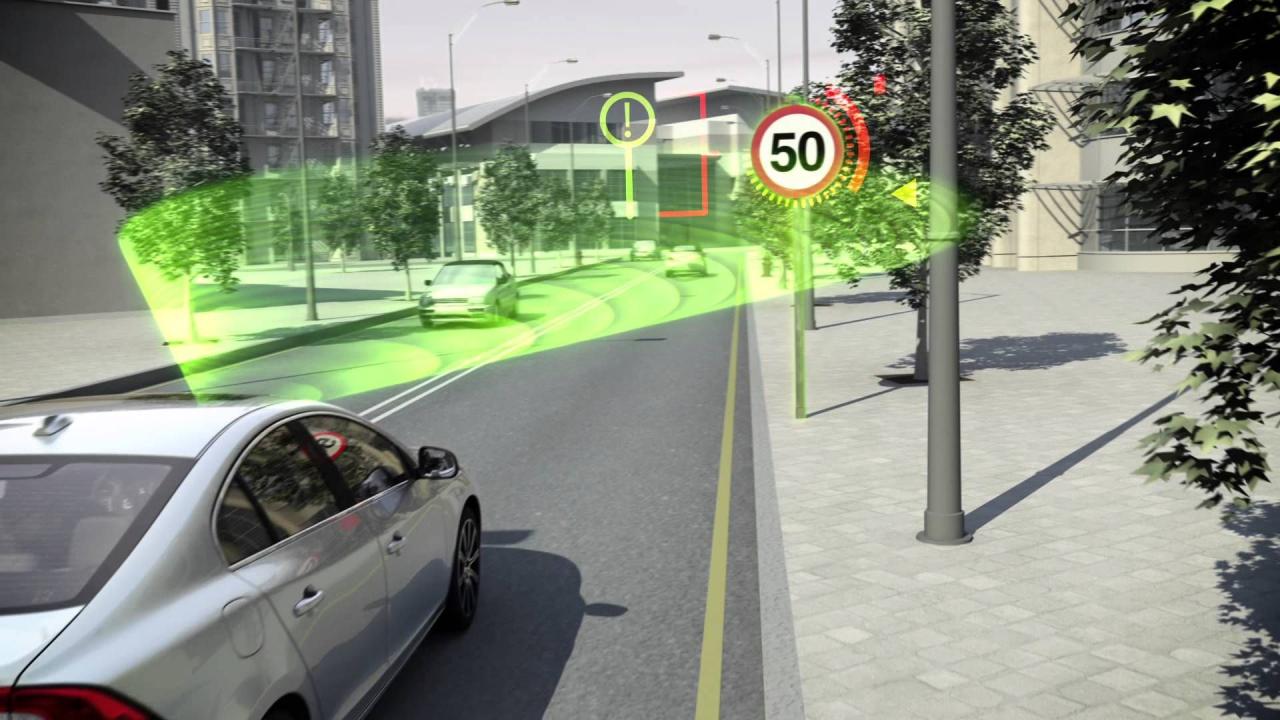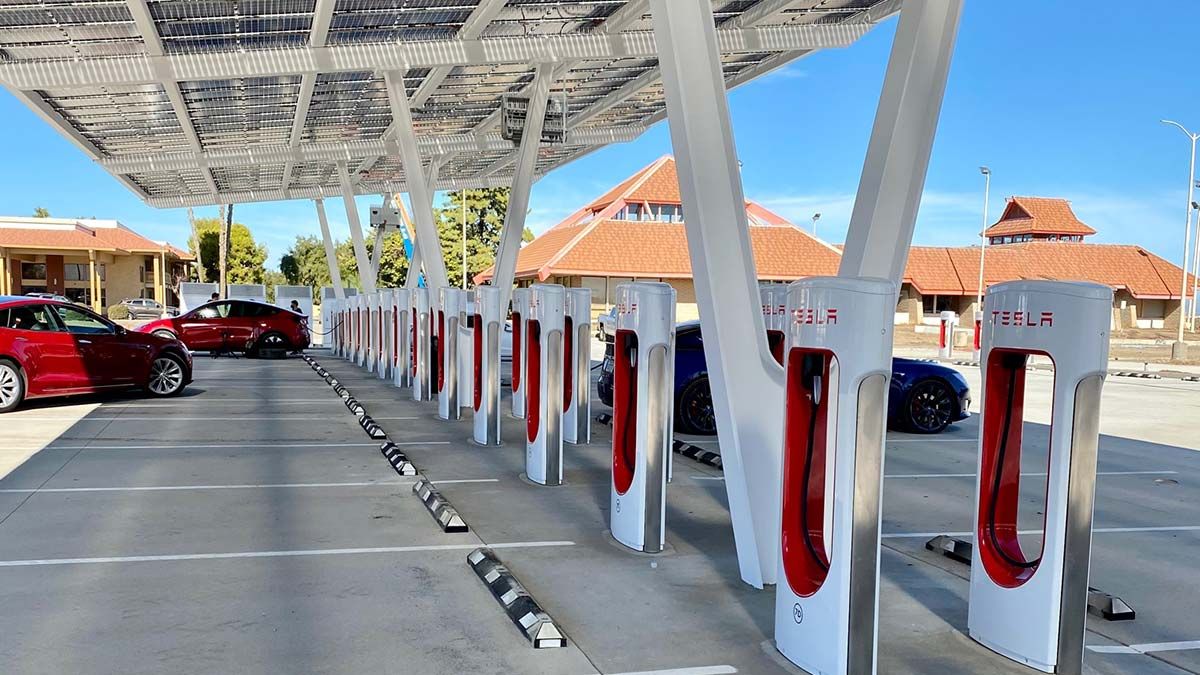The Apex of Automotive Engineering: Beyond Speed Limits
In the rarefied air of automotive excellence, hypercars stand as monumental testaments to human ingenuity, pushing the very boundaries of what’s mechanically and aerodynamically possible. More than just fast cars, they are rolling laboratories, showcase pieces, and the ultimate expression of a manufacturer’s technological prowess. They redefine the very notion of performance, not merely through brute force or raw speed, but through a harmonious blend of cutting-edge materials, revolutionary powertrains, and sophisticated aerodynamics. These aren’t vehicles built for the daily commute; they are precision instruments crafted for blistering track times, head-spinning acceleration, and an unrivaled driving experience that transcends the ordinary. For enthusiasts and engineers alike, hypercars represent the pinnacle of automotive art and science, constantly evolving and setting new benchmarks for what an automobile can achieve.
A Brief Genesis: From Supercar to Hypercar
The lineage of the hypercar can be traced back to the burgeoning supercar era of the 1960s and 70s, epitomized by icons like the Lamborghini Miura and Ferrari Daytona. These machines, with their exotic looks and unparalleled performance for their time, captivated the imagination. The 1980s saw a further escalation with models such as the Ferrari F40 and Porsche 959, which brought advanced materials like carbon fiber and all-wheel-drive systems into the high-performance segment.
However, the term “hypercar” truly began to crystallize in the late 1990s and early 2000s, often attributed to cars like the McLaren F1. This era marked a distinct shift where vehicles started to incorporate technologies far beyond those found in even the most extreme supercars. We began to see horsepower figures soaring past 700, extensive use of Formula 1-derived materials, and design philosophies centered entirely around aerodynamic efficiency and lightweight construction. The differentiation became clear: if a supercar was exceptional, a hypercar was exceedingly exceptional, pushing into realms previously thought impossible for road-legal machines. They are designed not just to be fast, but to extract every conceivable ounce of performance, often challenging the limits of physics itself.
The Pillars of Hypercar Performance: A Symphony of Innovation
Achieving hypercar status is not about excelling in one area, but about achieving unparalleled synergy across multiple engineering disciplines. Each component, from the engine to the smallest fastener, is optimized for maximum performance and minimal compromise.
A. Exotic Powertrains: The Heart of the Beast. i. Internal Combustion Mastery: While the automotive world shifts towards electrification, many hypercars still celebrate the internal combustion engine, albeit in highly sophisticated forms. These are typically bespoke, high-revving V8, V10, or V12 engines, often employing forced induction (turbochargers or superchargers) to achieve colossal power outputs exceeding 1,000 horsepower. Engineering marvels like multi-stage turbocharging systems, direct fuel injection at extremely high pressures, and specialized materials (e.g., titanium, inconel for exhaust systems) are commonplace. The focus is not just on power, but on instantaneous throttle response and a broad, usable power band. The sound signature alone is often a meticulously engineered component, contributing to the visceral experience. ii. Hybrid Electrification (PHEV Hypercars): A significant trend in modern hypercars is the integration of advanced hybrid powertrains. This isn’t about fuel economy; it’s about adding even more power, torque vectoring capabilities, and immediate electric torque fill to eliminate turbo lag. Systems often combine a powerful internal combustion engine with one or more electric motors, sometimes driving different axles to enable advanced all-wheel drive. Examples include the “Holy Trinity” (McLaren P1, Porsche 918 Spyder, Ferrari LaFerrari) which pioneered this approach. These systems can deliver extraordinary bursts of acceleration and enhance cornering dynamics through precise torque manipulation at each wheel. iii. All-Electric Hypercars: The ultimate frontier in hypercar performance is now being redefined by purely electric powertrains. Cars like the Rimac Nevera and Lotus Evija demonstrate that electric motors, with their instantaneous torque delivery and precise control, can achieve acceleration figures and top speeds that were unimaginable just a decade ago. These vehicles often feature multiple electric motors (one per wheel or axle) allowing for unprecedented torque vectoring, stability control, and regenerative braking. The challenge here shifts from managing heat in an engine to managing battery thermal performance and weight, pushing battery technology to its absolute limits.
B. Lightweight Construction and Advanced Materials: Reducing mass is paramount in a hypercar, as it directly impacts acceleration, braking, and handling. i. Carbon Fiber Monocoques: The foundation of nearly every modern hypercar is a monocoque chassis constructed almost entirely from carbon fiber. This material, with its incredible strength-to-weight ratio, provides immense structural rigidity for safety and handling precision, while being exceptionally light. This “carbon tub” is essentially the core structure to which all other components are attached, ensuring minimal flex under extreme loads. ii. Exotic Alloys and Composites: Beyond carbon fiber, hypercars extensively use aerospace-grade aluminum alloys, titanium, magnesium, and other advanced composites for suspension components, engine blocks, brake calipers, and exhaust systems. These materials are chosen for their specific properties: high strength, low weight, or extreme heat resistance, often pushing manufacturing techniques to their limits. iii. Minimalism and Integration: Every component is scrutinized for weight. Interior elements are often stripped to essentials, and functionalities are integrated to reduce part count. Even the wiring harnesses are optimized for minimal weight. This relentless pursuit of lightness defines the hypercar’s character.
C. Aerodynamics: Taming the Air. At extreme speeds, air resistance becomes the dominant force. Hypercars are sculpted not just for aesthetics, but with an obsessive focus on aerodynamic efficiency and downforce generation. i. Active Aerodynamics: This is a hallmark of modern hypercars. Movable wings, flaps, diffusers, and even ride-height adjustments are dynamically controlled by the car’s computers in real-time. These systems can alter the car’s aerodynamic profile on the fly to maximize downforce for cornering (e.g., deploying a large rear wing) or minimize drag for top speed runs (e.g., flattening the wing). Some systems also provide “air braking” by deploying elements at high speeds to assist deceleration. ii. Complex Airflow Management: Every duct, vent, and surface on a hypercar serves an aerodynamic purpose. Air is meticulously channeled over, under, and through the car to generate downforce, cool critical components (brakes, engine, batteries), and reduce turbulence. Ground effect tunnels, vortex generators, and intricate diffuser designs are common. iii. Computational Fluid Dynamics (CFD): Extensive use of CFD simulations allows engineers to virtually test and refine hundreds or thousands of aerodynamic designs before physical prototypes are even built, ensuring optimal airflow and performance.
D. Chassis and Suspension: Unyielding Control. The chassis and suspension systems are designed to harness the immense power and aerodynamics, translating them into usable grip and precise handling. i. Advanced Suspension Systems: These often include active or adaptive dampeners that can adjust stiffness in milliseconds, magnetic ride control, and hydraulic lift systems. Push-rod or pull-rod suspension designs, derived from Formula 1, are common for their packaging advantages and ability to manage wheel loads precisely. ii. Carbon Ceramic Brakes: Essential for dissipating the enormous kinetic energy generated at high speeds. These brakes offer incredible stopping power, exceptional fade resistance under repeated heavy braking, and are significantly lighter than traditional steel brakes. Calipers often have multiple pistons (e.g., 6 or 8 piston) for even pressure distribution. iii. Custom Tires: Hypercars often run on bespoke tires developed specifically for their extreme performance requirements. These tires are designed to handle immense forces – longitudinal for acceleration/braking and lateral for cornering – and often feature unique compounds and tread patterns for maximum grip in both wet and dry conditions.
The Purpose of a Hypercar: Beyond the Numbers
While blistering 0-100 km/h times and stratospheric top speeds often grab headlines, the true purpose and value of hypercars extend far beyond these raw numbers.
A. Technological Testbeds: Hypercars serve as rolling laboratories for automotive innovation. The extreme demands placed on these vehicles force engineers to push the boundaries of materials science, aerodynamics, powertrain technology, and software development. Technologies first proven and refined in hypercars often trickle down into more mainstream performance cars, and sometimes even into everyday vehicles, benefiting the wider automotive industry. For instance, carbon fiber chassis, advanced active aerodynamics, and sophisticated hybrid powertrains were all pioneered at the hypercar level.
B. Brand Halo and Engineering Showcase: For manufacturers, a hypercar is often the ultimate “halo” product. It demonstrates their engineering prowess, design philosophy, and commitment to innovation. Building a hypercar is a statement of intent, proving that a brand possesses the capability to create the absolute best. This enhances brand image, attracts talent, and indirectly drives sales of their more accessible models by associating them with cutting-edge technology and peak performance.
C. Ultimate Driving Experience: Beyond the technical specifications, a hypercar offers an unparalleled, visceral driving experience. The combination of explosive acceleration, incredible braking force, instantaneous steering response, and the intoxicating symphony of a finely tuned engine creates a connection between driver and machine that few other vehicles can replicate. It’s an immersive experience that engages all senses, pushing the limits of what a human can control and enjoy.
D. Investment and Collectibility: Due to their limited production numbers, exclusivity, and groundbreaking technology, many hypercars become highly sought-after collector’s items. They often appreciate in value over time, serving not just as vehicles but as significant investments for their fortunate owners. The rarity and the story behind each model contribute to their allure in the collector’s market.
Key Players and Iconic Models: A Pantheon of Power
The hypercar landscape is dominated by a select few manufacturers, each with their distinct philosophy and iconic models that have pushed the envelope.
A. Ferrari: A legendary name, Ferrari has consistently produced groundbreaking hypercars like the F40, Enzo, and the hybrid LaFerrari, often incorporating direct lessons from its dominant Formula 1 program. Their focus is typically on emotional engagement, sublime engine notes, and cutting-edge design.
B. McLaren: With a deep heritage in Formula 1 racing, McLaren translates its motorsport expertise directly into its road cars. The iconic McLaren F1, often considered the first true hypercar, redefined performance in the 1990s. More recently, the hybrid P1 and the Speedtail (focused on ultimate top speed) continue this legacy, emphasizing lightweight carbon construction and aerodynamic purity.
C. Porsche: While renowned for its sports cars, Porsche has also made significant strides in the hypercar realm with models like the 959 (a technological marvel of its time) and the 918 Spyder, a plug-in hybrid hypercar that emphasized usable track performance and advanced all-wheel drive. Their approach often blends cutting-edge technology with everyday usability.
D. Bugatti: Synonymous with extreme top speed and immense power, Bugatti builds cars that defy convention. From the Veyron to the Chiron, their focus has been on delivering unparalleled straight-line performance, often powered by quad-turbo W16 engines, setting multiple world records for speed and acceleration.
E. Koenigsegg: The Swedish manufacturer, led by Christian von Koenigsegg, is known for its relentless innovation and bespoke engineering solutions. Koenigsegg consistently pushes boundaries with unique engine designs (e.g., camless engines), extreme power-to-weight ratios, and record-breaking performance, exemplified by models like the Regera and Jesko.
F. Pagani: An Italian marque celebrated for its exquisite craftsmanship, artistic design, and obsessive attention to detail. Pagani hypercars, like the Zonda and Huayra, are considered rolling sculptures, combining bespoke Mercedes-AMG V12 engines with unparalleled levels of carbon fiber artistry and a truly unique, highly tactile driving experience.
G. New Entrants and Electric Innovators: The rise of electric powertrains has also opened the door for new players to enter the hypercar arena. Companies like Rimac Automobili from Croatia (with the Nevera, setting numerous acceleration records) and Lotus (with the all-electric Evija) are demonstrating that electrification is not just an alternative, but potentially the future, of hypercar performance, offering instant torque and revolutionary torque vectoring capabilities.
The Future of Hypercars: Electrification and Beyond
The trajectory of hypercars is clearly pointing towards greater electrification. While the pure internal combustion engine will always hold a special place, hybrid and fully electric powertrains are becoming the norm due to their performance advantages (instant torque, superior power delivery) and evolving environmental regulations.
A. Advanced Battery Technology: Future hypercars will rely on even more energy-dense, lighter, and faster-charging battery packs. Solid-state batteries, if they become commercially viable, could revolutionize the segment by offering increased range, reduced weight, and improved safety. B. Software-Defined Performance: As vehicles become more reliant on electric motors and advanced sensors, software will play an even greater role in optimizing performance. Sophisticated algorithms will manage torque vectoring, active aerodynamics, suspension settings, and driver assistance systems in real-time, allowing for even finer control and adaptability. C. Additive Manufacturing (3D Printing): The use of 3D printing for complex, lightweight components (e.g., intricate metal parts, specialized carbon fiber structures) will become more prevalent, allowing for even greater design freedom, weight reduction, and customization. D. Sustainable Materials: Beyond just powertrains, there will be an increasing focus on using sustainable and recycled materials in the construction of hypercars, aligning with broader industry trends towards environmental responsibility. E. Augmented Reality and AI Integration: Future hypercars might integrate augmented reality displays for driver information or navigation, and AI could play a role in optimizing driving lines on a track or even suggesting optimal setup changes.
The hypercar will continue to be a beacon of innovation, pushing technological boundaries and challenging conventional wisdom. They are not just cars; they are a vision of what’s possible when engineering, design, and passion converge at the highest level. As the automotive world rapidly evolves, hypercars will remain at the forefront, constantly redefining what “performance” truly means and inspiring the next generation of automotive pioneers.

